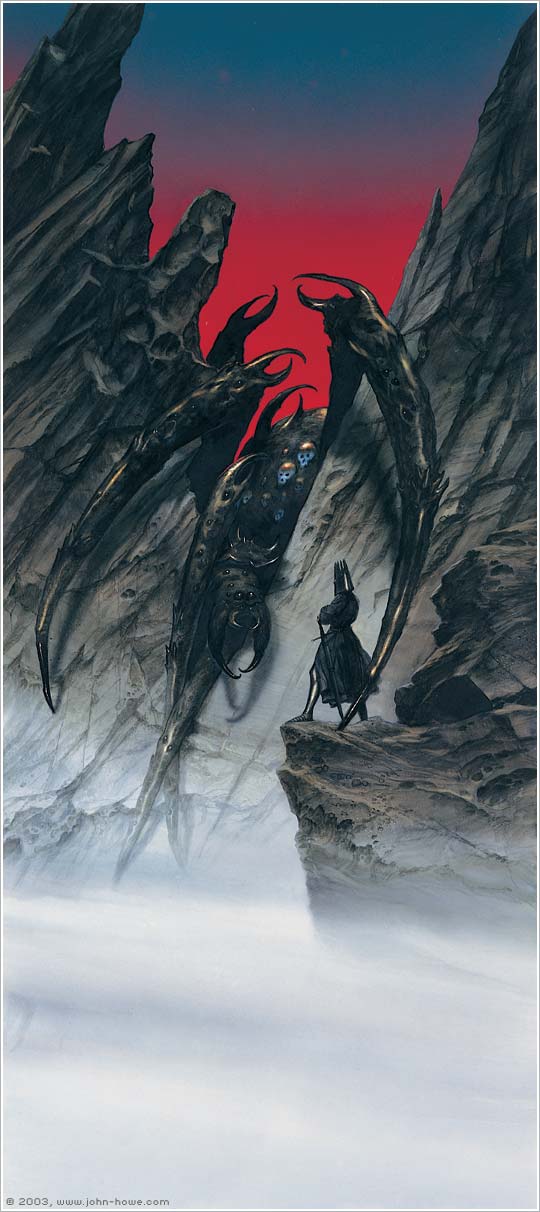"It doesn't go away." A phrase repeated a number of times already in the short life of this blog. Modern flotsam is a problem because so much of it is persistent --
it doesn't go away.
But everything rots, right? I mean, a plastic bag or flowerpot gets brittle and shreds if left out in the sun over a summer.
(photo courtesy flickr/wygd and licensed by Creative Commons)
So clearly, plastic
does go away over time, right?
Wrong. With other trash, like, say, a napkin (which is just tree pulp) or nail or chicken bone, nature has had hundreds of millions -- in some cases
billions -- of years of trial and error in figuring out how to recycle it.
Not so with plastics. The first artificial plastic was created
in 1862, but plastic use only really exploded after World War II. For all intents and purposes, nature has only been exposed to plastics for a few generations.
And it has no idea what to do with them.
Plastics are synthetic
polymers - long, large chains of (mostly) carbon and hydrogen molecules composed of repeating structures that are tightly bound together. The bonds that make them strong also make them
incredibly resistant to microbes, weathering, rainwater, freeze/thaw,
anything that can break a plastic back to its carbon and hydrogen. Science still knows of nothing that can be used in nature to break it up. (A high-schooler made
big news in 2008 with a possibility, but there has been no effective follow-up since.) Estimates on how long plastic takes to break down in nature range from a century to thousands of years, for a simple reason: nobody knows.
Back to the shredded plastic bag. It's not biodegrading, it's
photodegrading. Sunlight can make plastics brittle and break apart. But they're not breaking down -- they're just becoming smaller versions of themselves. Eventually they get small enough to swirl around the ocean as a "soup" of tiny colored fragments that can be ingested by plankton and then work their way up the food chain.
This picture, courtesy the
Algalita Marine Research Foundation, shows the contents of a brief sample trawl in the North Pacific Gyre, a vortex in the ocean hundreds of miles from any island or shipping lane. That's all plastic, brought in by the currents.
Sometimes, plastic doesn't have to break down too small to have an effect.
This image, from
CBC News, shows a dead albatross on Kure Atoll in the middle of the Pacific. This and other atolls around Midway are dotted with the carcasses of hundreds (thousands?) of albatross like this one. They ingest colorful plastic bits floating in the water, which (surprise!) don't break down in stomach acid. Eventually, the bird always feels full and stops eating altogether, ultimately dying of starvation.
Kure Atoll is 1200 miles from the nearest inhabited island.
When you see a piece of milk bottle floating in the harbor on a cruise, or see plastic wrappers on the beach at low tide that all get washed into the ocean at high tide, just remember:
they don't go away.







